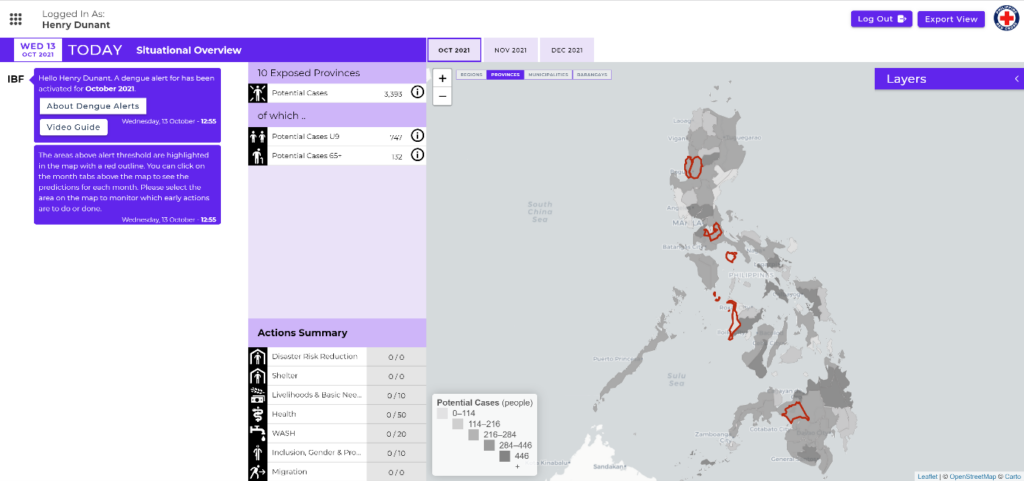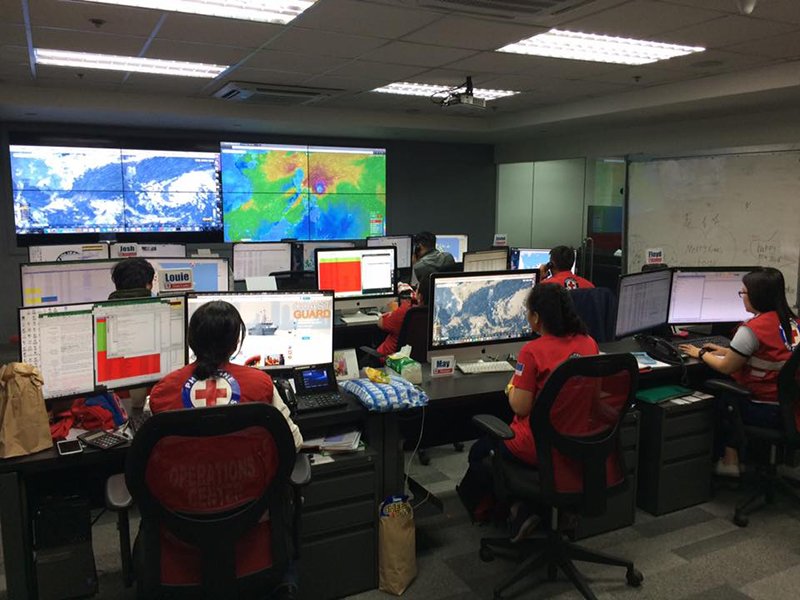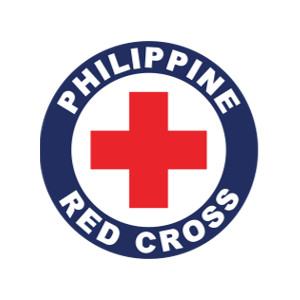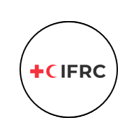En los últimos 50 años, el dengue se ha extendido de nueve a más de cien países, lo que lo convierte en el virus de más rápida propagación. vector-borne disease. This type of disease is spread by blood-feeding anthropods like mosquitoes. The number of cases has increased from 15,000 per year in the 1960s to 390 million today. Over 40 percent of the world’s population is at risk from dengue. The overall burden of the disease varies from region to region, with Asia-Pacific hosting 75 percent of those at risk. This includes The Philippines, where dengue poses a major issue.
510 developed the Impact Based Forecasting (IBF) Dengue Portal in order to predict which areas are prone to dengue outbreaks and thus mitigate the impact. The IBF Dengue Portal was launched on the 1st de julio. Lea el estudio de caso aquí.
Portal del dengue del IBF
El virus del dengue se transmite a las personas a través de la picadura de un mosquito infectado. Las condiciones ambientales de calor y humedad favorecen la reproducción de los mosquitos. Los datos meteorológicos, como la temperatura y las precipitaciones, se utilizan en el Portal del Dengue del IBF para predecir estas condiciones. El portal del IBF ofrece una predicción mensual para cada provincia de Filipinas.
‘The portal is a convenient way to report and gives suggested action. Hospital locations are included in the portal so the PRC can send ambulances to the right locations’, says Ghazal Ayobi, Data Analyst at the Philippine Red Cross.
The portal releases an alert up to 2 months ahead when the risk of dengue outbreak in a specific province and correspondingly the expected number of dengue cases satisfy the alert conditions. ‘Unlike floods and typhoons, Dengue is always present in The Philippines. What we try to do is predict if the number of cases is so high that it forms a problem for the local healthcare system’ says Jacopo Margutti, Data scientist at 510. The alert threshold is reached when the amount of expected cases is higher than usual. The epidemic threshold is reached when the number of cases is extremely high. ‘If we take early actions, we can also reduce the impact of these outbreaks’ Margutti adds.

Portal del dengue del IBF
Acciones tempranas
The portal allows proactive response that mitigates the impacts brought by infectious disease. ‘The early action plan prepares the organization to allocate the it’s recourses to their respective places’, says Ayobi. Early actions are developed collaboratively with all organizations involved to decide on what anticipatory actions to undertake. The early actions can be divided into three areas of focus: 1. Health, 2. Water Sanitation and Hygiene (WASH), and 3. Protection, Gender and Inclusion (PGI) Examples of Health include: setting up Dengue Emergency Medical Units (DEMU’s), mobilizing Community Health Volunteers (CHV), social media campaigns promoting prevention and control measures. WASH examples include: hygiene promotion on safe usage of water and cleaning of mosquito breeding sites, and garbage disposal. Examples of PGI include ensuring all staff received PGI training, and to distribute PGI guidelines.

Centro de Operaciones de la sede de la RPC en Manila
Equilibrio entre el diseño centrado en el ser humano y el diseño estratégico de productos
The IBF Dengue Portal was co-designed with Aid Workers from The Philippines Red Cross Using Human Centered Design (HCD) methods. Ayobi elaborates by saying that ‘each country has their own background and culture and therefore different needs. Co-design is really important to consider those needs.’
Cuando se construye un producto es importante centrarlo en el usuario, lo que puede ser difícil de conseguir cuando se trabaja sobre la base de un proyecto. El truco está en encontrar el equilibrio entre el proyecto con necesidades de usuarios finales locales que se enfrentan a catástrofes específicas y los proyectos dirigidos a otros usuarios finales globales con diferentes culturas que se enfrentan a muchos tipos de catástrofes. Orla Canavan (Diseñadora Estratégica de Producto en 510) y el equipo de diseño abordan esta línea combinando métodos de HCD con métodos de SPD para garantizar la eficacia del diseño del producto.
How? Canavan elaborates by saying: “Combining HCD and SPD methods allows us to both learn from the local expertise where they champion their needs whilst informing how to create the best modular design. When we were asked to co design for Dengue with Philippines RC we already had a “IBF Portal block design” that was informed by a data base of general insights into cognitive decision making before disasters informed by multiple co design sessions across many national societies and many disaster types including floods, drought, heavy rain and Typhoons & Damage Assessment. HCD allows us to co design without bias with the Philippines team, then through clustering identify which Dengue specific needs should be added to the general block design and test it”.
Based on the Dengue co design results, the design team quickly created a prototype and tested it with the end users and this together with great ideas from the developer Ruben van der Valk, meant not only was the IBF Dengue Portal set up for success efficiently, but any incremental functionality could also be added back into to the other “IBF Portal block designs” where possible.
Organizaciones implicadas
Cruz Roja de Filipinas decide la ejecución de las acciones tempranas en coordinación con el NDRRMC y el DoH, ejecuta las acciones tempranas. The Netherlands Red Cross (NLRC) data team 510 proporcionó apoyo técnico para el desarrollo del portal del IBF y la redacción de este documento. El NLRC prestó apoyo financiero para el desarrollo del portal del IBF y coordinó el apoyo técnico de varios socios al PRC. El Consejo Nacional para la Reducción y Gestión del Riesgo de Catástrofes (NDR-RMC) dirige la coordinación de la respuesta de emergencia al dengue. El Ministerio de Sanidad (DoH) declara alertas y emergencias por dengue, supervisa las campañas de prevención y gestiona el sistema sanitario. Cruz Roja Alemana (CRG) apoya actualmente el proceso de aprobación del Protocolo de Actuación Precoz (PAI). Fondo Princesa Margarita apoyó financieramente el desarrollo de la herramienta.
510’s role
The PRC and 510 worked closely together to develop a model that predicts Dengue outbreaks in The Philippines. In addition, the IBF Dengue Portal was developed to give a clear and structured overview of the information. ‘Human Centered Design was used in the development of the software in order for the data to be translated into something useful and useable by The Philippines Red Cross’ Margutti adds.
Próximos pasos
One of the most important future actions is getting the Early Action Protocol (EAP) approved. The EAP is developed collaboratively with all organizations involved to decide on what anticipatory actions to undertake. In addition, Ayobi adds: ‘We are also planning to give better insight in hospital beds. Right now this is the case for covid but not yet for Dengue. Having this number will enable us to give an estimation of how many people a hospital in each region can still take in.’
El portal del dengue del IBF también se está desarrollando actualmente para Etiopía, donde se desplegará para mitigar el impacto de los brotes de paludismo.
Si su Sociedad Nacional necesita ayuda para configurar una herramienta similar, póngase en contacto con Stefania Giodini (sgiodini@redcross.nl) o Jacopo Margutti (jmargutti@redcross.nl)
Fuente de la imagen: Cruz Roja de Filipinas
La información pertinente sobre las personas y comunidades necesitadas puede ser útil para prestar una ayuda humanitaria eficaz y personalizada. Nuestra política de responsabilidad sobre los datos aborda el tratamiento responsable de los datos con respecto a las normas éticas y en los principios en el contexto humanitario, teniendo en cuenta las posibles consecuencias y tomando medidas para evitar poner en peligro a las personas o comunidades. Más información sobre nuestra política de responsabilidad de datos aquí

